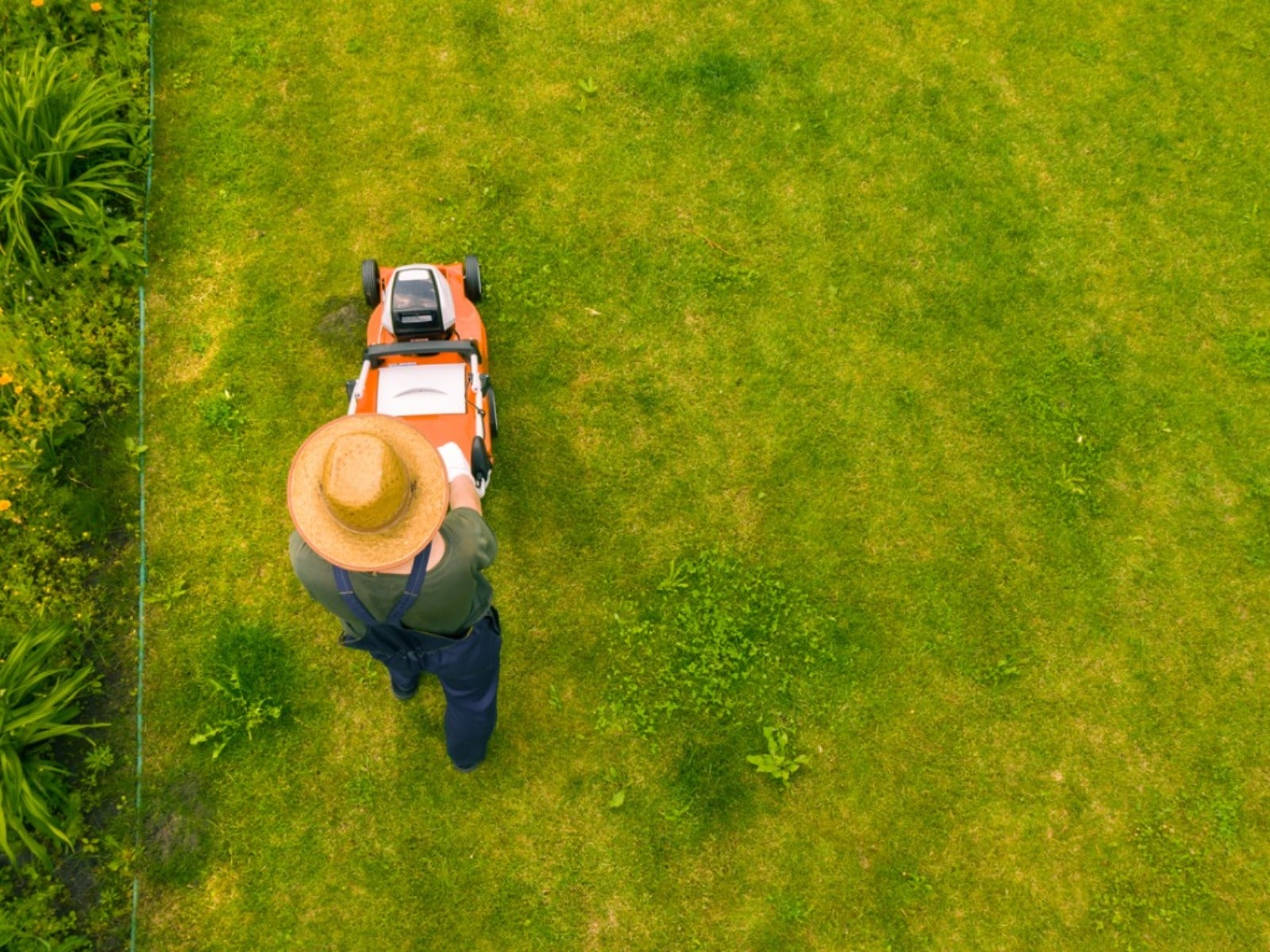Southeast Lawn Care Guide And Calendar


Most lawn maintenance chores coincide with the mowing season. If you live in Florida, lawn care can be a year-round task. Luckily, most other Southeast gardeners are able to take a break during the winter. Yet, no matter how many months of the year you tend the yard, proper lawn care is essential to grow lush, green turf in Southeastern US states.
Proper Mowing is Key to Success
Cutting the grass at the right time and correct height is the first step toward a beautiful lawn, and it's something many homeowners overlook. The temptation to cut the grass on a schedule or clip it too short can damage the turf. It may help to view the lawn as a garden composed of thousands of grass plants. Just like the prize roses in the flower bed, proper “pruning” results in healthier plants.
To maintain a lush lawn and prevent southern lawn weeds from overtaking the yard, it's recommended that no more than the top third of grass blades are removed when mowing. Thus, if you have a species of grass which needs cut to a 2 inch (5 cm) height, the optimal time to cut the grass is when it's no more than 3 inches (7.6 cm) tall. Unfortunately, this doesn't always fall on Saturday afternoon.
The proper height to cut the lawn will depend upon the species of grass in your yard. Grass seed for southern lawns can be either warm-season or cold-season species. Warm-season grass perks up later in the spring and grows best during the hot, dry summer months. Cool-season species grow best in the spring and fall, but go dormant and may die during Southeastern summers.
Your local extension agent is your best source for information concerning which type of grass to plant or how high to cut the species of grass you already have. These professionals can also assist with soil tests. The results can determine which type of fertilizer for Southern lawns is right for you.
Watering a Southeast Lawn
Like mowing, watering the lawn at the right time and in the correct manner leads to greener, healthier turf. Remember that during dry spells, it may not be necessary to irrigate warm-season grass like bermuda or zoysia grass. These species will go dormant and turn brown, but will bounce back when more frequent rain showers return.
In Southern US gardening states, cool-season lawns are more likely to suffer damage or perish without supplemental water during dry spells. For either type of turf, water deeply to encourage longer roots and only when your lawn is showing signs of drought stress:
Gardening tips, videos, info and more delivered right to your inbox!
Sign up for the Gardening Know How newsletter today and receive a free copy of our e-book "How to Grow Delicious Tomatoes".
Color
If your lawn has changed from green to a bluish-green color, it's exhibiting the first signs of drought stress.
Visible footprints
If walking across the lawn leaves footprints, then the grass is lacking proper hydration and needs to be watered.
Screwdriver test
Push a screwdriver through the sod and into the soil. The more difficult it is to push the screwdriver into the ground, the drier the soil. This test can also be performed after irrigation to determine how deep the water has penetrated the soil.
Lawn Care Schedule: Southeast Region
Although mowing and watering frequencies vary throughout the seasons, these additional lawn maintenance tasks can be scheduled for your convenience:
Fertilizing
If you only feed the lawn once per year, fertilize warm-season grass in late spring and cool-season species in the fall. Choose a fertilizer with a high nitrogen level, such as 4-1-2. Leaving grass clippings on the lawn can return over 50% of nitrogen to the turf and reduce fertilizer needs.
Aerating
Coring can be performed annually when the lawn is actively growing. This process removes small plugs of dirt and allows the lawn to better absorb nutrients and water. Aerate warm-season grass prior to fertilizing in late spring and cool-season species in the fall.
Thatch
Proper lawn maintenance, including not over-fertilizing, can often prevent thatch build-up. Small areas can be hand-raked, but a rented power rake can quickly de-thatch the entire yard. Perform this task when the grass is actively growing to help the lawn recover quickly.

Laura Miller has been gardening all her life. Holding a degree in Biology, Nutrition, and Agriculture, Laura's area of expertise is vegetables, herbs, and all things edible. She lives in Ohio.